|
Donny and Lacey virtually attended the last public meeting of the Nevada Commission on Off-Highway Vehicles held on August 19th. We wanted to give you an update and tried to keep it short…. but this stuff is important, so grab a beer, buckle up and learn some new acronyms. We were given time to report on the progress of the nearly completed Peavine Maze Maintenance project, the two trailhead clean-ups, RAD’s stellar relationship building with local land managers and members of the non-riding community, and our plans for 2021’s projects that we have been busy gearing up for (stay tuned for a blog post on that!). RAD is viewed very positively by the commission by the proactive effort that matches the funding we received. And their open-door policy has made this grant application and administration business easier than we anticipated. The OHV Registration Sticker Proposal You may recall the few substantive discussions on our Facebook page about the topic of proposed changes to the OHV registration sticker process. Those proposed changes included (1) the removal of the registration process through the DMV and simply having an annual use sticker which is accessible at moto shops, gas stations and potentially online, (2) ending reciprocity granted to other states in order to bring out-of-state user funds to the program, and (3) requiring all users (including plated bikes/vehicles) of OHV-designated areas to have a use sticker (again, with the objective of supplying the OHV with more funds for more grant projects). We heard the feedback from our members of that discussion. Accordingly, we made it public record that Reno Area Dirtriders supportive of the conversion to a simple, readily available use sticker more readily available and the end of reciprocity to other states in order to gain more funding, but that we opposed the requirement that plated bikes be required to have a sticker on the trails. The OHV Commission recognizes that a major cause of noncompliance with OHV registrations in this state is the fact that the current registration procedure requires you to mail in one (or more!) forms to the DMV, then wait at least a month to get your sticker back. They are in favor of that use-sticker conversion and we anticipate that change may happen soon (but it still has to make it through legislation). Until then, the procedure for how to register can be found here. Remember, as we explained in detail here, your annual $21 registration fee goes directly to funding grants for OHV projects (including the one received by RAD this year). If you need help or have specific questions about titling or registering your bike (including a situation like… my bike is from my uncle’s friend’s brother and I don’t have any paperwork, I don’t know where to start…) you can email us at [email protected] and we will help you. The Antiquated Nevada BLM Phil Fell is the no-BS commissioner who specifically represents motorcycle interests and asks all the direct questions. For this meeting, he had a special agenda item devoted to discussing a major problem with the BLM which is specific to Nevada: The fact that the BLM’s Resource Management Plan (“RMP”) has not been updated in our state in decades. An RMP is the big umbrella under which all other sub-plans for the designated use areas of public land exist, including the one we care about: Travel Management Plans (“TMP’s”)… which effectively translates to officially designated trails. As we touched on in this prior blog post, having trails officially designated and recognized by a land manager provides critical protection against closures of those trails. It also puts to bed any questions with non-riders of your priority entitlement to be on those trails. If you’re a fan of riding in Moab and the quality of the trails there, then you are most certainly a fan of a well-done Travel Management Plan by the BLM. But there’s another benefit that we are missing out on by the Nevada BLM not having an RMP: we are not able to step and do any maintenance or construction on trails existing on BLM land. This is why we cannot obtain funding or permission to mow down whoops at Moonrocks at this time. A major part of this problem comes from the low-funding priority from Washington D.C. (remember, the BLM is a federal agency), and they are severely under-staffed here. Another element is politics. But rather than focusing on what we can’t control, let’s focus on what we can. – Another excerpt of extremely sensible logic from Phil. The first step in either creating a new trail or legalizing an existing trail is to conduct an environmental assessment, which can either be done internally (if the land manager has the resources and the budget to do so) or externally through an environment firm and approved by the land manager. There’s all kinds of different levels of environmental work, but we won’t get into the nitty gritty of that here. Once you achieve the requisite environmental clearances and the trail areas are accurately mapped, all that’s theoretically left for the land manager to do is approve. Phil made a motion to move projects involving trail planning and environmental assessments to a higher priority for purposes of scoring and ranking grant applications, which was unanimously passed by the rest of the commission. This is to encourage user groups to submit grant applications for environmental studies and to work at a local level with the BLM in areas which are a priority to the OHV users. The process is not quite as cut and dry as I made it sound, but I’m worried your eyes are starting to glaze. Okay last thing you should know about... New House Bills Colin Robertson, the Administrator of the Nevada Division of Outdoor Recreation, gave a report on some bigger picture legislative happens. Of relevant note to us, these are some pro-OHV bills going through the House of Representatives right now:
H.R.3458 - Recreation Not Red Tape This bi-partisan bill was introduced on June 25, 2019 to simplify procedures for the issuance of recreational permits by setting time limits for the processing of such permits; reduce fees; mandate online purchases; and provide for the issuance of a single joint permit for multi-jurisdictional trips. It also directs federal land agencies to make recreation a priority when making land and water management decisions. H.R.3879 - Simplifying Outdoor Access for Recreation Act (“SOAR Act”) Introduced to the House on July 23, 2019, the goal of this bill is to simplify the process of the issuance and renewal of special recreation permits and reduce the cost of administering special recreation permits. Specifically, it also provides new protections for Forest Service permit holders by waiving permit use reviews in extraordinary circumstances beyond the control of the permit holder (wildfire, low snow year, etc.) and allowing expired permits to remain in effect when the agency has been unable to renew them. H.R. 6169 – Modernizing Access to Our Public Land Act This bill was introduced to the house on March 10, 2020 to require the Secretary of the Interior, the Secretary of Agriculture, and the Assistant Secretary of the Army for Civil Works to digitize and make publicly available geographic information system mapping data relating to public access to Federal land and waters for outdoor recreation.
6 Comments
There are a lot of opinions surrounding the requirement of OHV registration stickers in the first place. Then some really strong opinions came to the surface when SSORA introduced it's proposal to require OHV registration for plated bikes using public trail systems. We did notice, however, that some of those opinions were based on some misinformation and incorrect assumptions. To follow up, we wanted to provide some facts to set the record straight. What is reciprocity?
Reciprocity is the term used when one state honors another state’s OHV registration sticker for a visitor to ride on public lands without obtaining a registration sticker from the state you are visiting. It is important to understand that reciprocity is NOT mutually exclusive. Just because Nevada grants reciprocity to other states does not mean that other states grant reciprocity to Nevada. Here’s the scoop on where reciprocity currently stands: Nevada grants reciprocity to all other states. California is the only immediately neighboring state which grants reciprocity to Nevada (for now – subject, and anticipated, to change at any time). This means that if you want to take a trip and ride in the public lands of Oregon, Utah, Arizona, Colorado… you need to obtain a local OHV registration sticker from that state (which funds their local OHV program). However, a rider from any of those states may ride in Nevada without obtaining a Nevada OHV registration sticker. What’s the difference between registering a bike for street use vs. OHV use? Besides the distinction of being road-legal or not, the important difference is where the money goes. Registration fees for cars and plated motorcycles go towards state road construction and the DMV operating budget. OHV registration “sticker” fees go exclusively to a state OHV fund. So even though OHV registration is currently being processed through the DMV, the OHV registration fees are not allocated the same as regular registration fees. FYI: California’s OHV is funded by both OHV registration fees and a portion of the state’s gas tax (which Nevada doesn’t have). How are Nevada OHV funds spent? OHV Funds (aka: registration sticker fees) are disbursed in annual grants awarded by the Nevada OHV Commission for OHV-related projects. The scope of these qualifying projects in Nevada are defined by NRS 490.069(2)(c) as follows:
Who gets these grants? In 2019, there were 29 grant applicants competing for a little over $1M in the Nevada OHV fund for the 2020 year. 18 of those grants were funded (some only partially). Obviously, you have to apply for a grant to get a grant. Had Reno Area Dirtriders not applied for a grant for the Peavine maze project, we wouldn’t have received it and more funding would have been allocated to other applicants.** You can see how interest organizations like Friends of Nevada Wildnerness can exploit #6 (as it is currently written) as a loophole to close riding areas in order to “restore damage.”** Then of course, law enforcement’s entitlement to receive grants for OHV sticker enforcement is codified in #9. In our newbie experience, it was not rocket surgery to obtain and administer this grant. And we hope to inspire other off-road users to organize themselves and take the initiative to acquire funding for their own projects. At the end of the day, the ONLY proactive way to ensure that money actually goes into the trails is for OHV users to step up, organize a project they want to see and go for it. No one is going to knock on your door and ask you what work they can do for your trails. **FYI: Friends of Nevada Wilderness’s 2019 grant application for $30,000 (roughly the same size as RAD’s grant) for decommissioning a trail was not funded. Would it have been funded if RAD didn’t apply? How does the Nevada OHV Commission decide who gets grants? NAC 490.1393 – 141 establishes a Grant Scoring Committee. This is a technical advisory committee made up of people with OHV interests, including personnel from the BLM and Forest Service, the Recreational Trails Program, law enforcement and the department of wildlife. The OHV Commission then ranks the applications from highest to lowest by averaging the individual scores of each application. As of 2019, the OHV Commission has listed the scoring priorities in this order:
Ideally, a project proposal will check multiple boxes of the above to receive a higher score. RAD’s Peavine Maze Maintenance application scored second overall when taking all of the above into consideration. **It is important to note that while law enforcement is listed as the first priority, the OHV Commission did deny funding to applications from law enforcement offices in Las Vegas Boulder City and Nye County, and only gave partial funding to Humboldt County Sheriff’s Office. Looking at the order of the 18 grants funded for the 2020 year, all of the higher ranking applications which were prioritized for funding were those applications directly related to trail maintenance, mapping and education/outreach. We hope this provides a better understanding and clears up any myths you might have heard. Write to us at [email protected] or start a conversation about this on the Facebook page - let's hear your thoughts and opinions! It was a big ask to summon volunteers to pick up trash in the desert in the middle of the summer. But it shouldn't come as a surprise to us anymore how incredibly giving and hard working the people who join Reno Area Dirtriders are. Today 25 devoted RAD volunteers and a few enthusiastic neighbors of the immediate area showed up and put in solid effort to tackle another troubled area in Golden Valley on BLM land which suffers from chronic illegal dumping. Thanks to Keep Truckee Meadows Beautiful and Reno Salvage we had two dumpsters this time. And it just so happened that nearby neighbors with tractors offered to pitch in and make our job easier. Motivated to knock this out before the heat got too serious, we had these two debris boxes filled by noon. Garrett (the only BLM field ranger responsible for patrolling the areas surrounding Reno) joined us today and talked about the struggles he has trying to catch illegal dumpers. Garrett made the arrangements to remove the abandoned cars from the area after we rounded them up. He's extremely cool and knowledgable dude to talk to, and a supporter of Reno Area Dirtriders and our recreation on these lands. We are happy to have him as our ally. Oh, and he gets to drive around in this thing all day: Several locals stopped by our tent to thank us for our efforts. People walking their dogs, people riding their horses, and people riding their dirtbikes like us -- we all just want to have a nice playground. 4 hours later, Reno was a little bit cleaner. Not a terrible way to spend just half of a day with other awesome human beings. Special shout outs to United Site Services for the donation of restroom facilities, Tires Plus in Sparks for accepting the tires we pulled out for proper disposal, and Reno Motor Sports for some food money. What another successful, feel-good RAD event filled with camaraderie and positivity. Being good stewards of the land we ride on and giving back is what we are all about. All we ask the karma gods for in return is a little rain to water the trails.
|
Copyright 2019-2022 All rights reserved. All images are used with permission. Site powered by Weebly. Managed by Bluehost



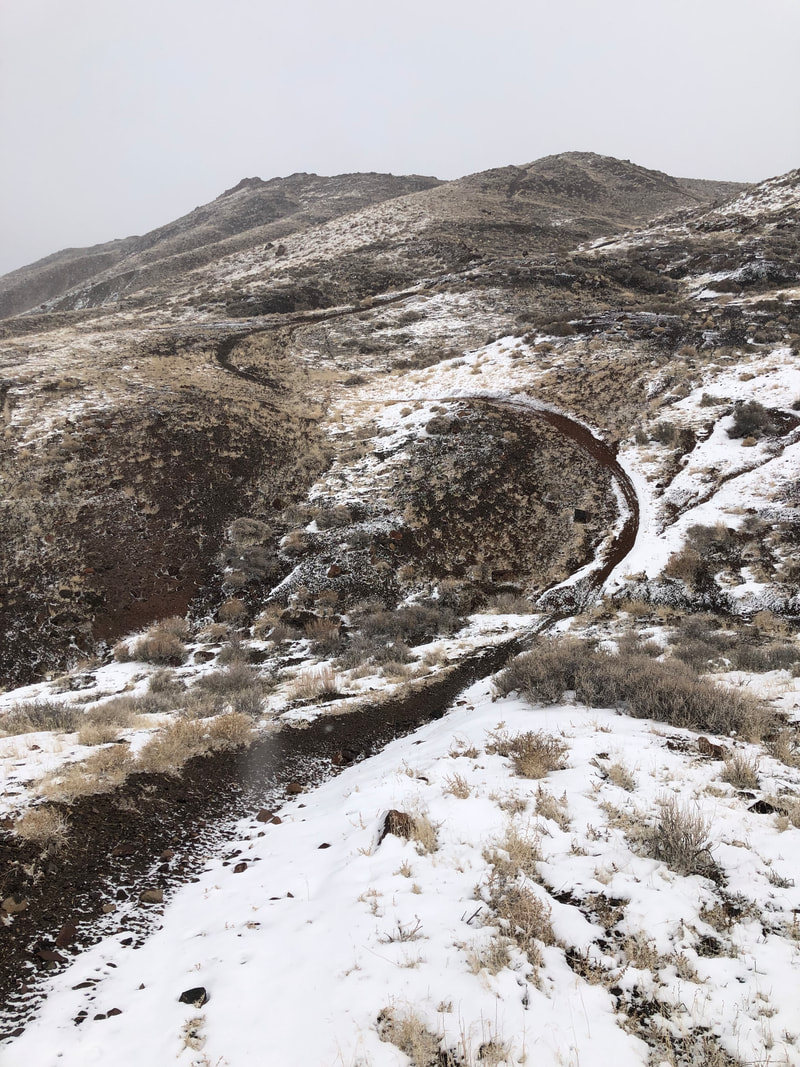
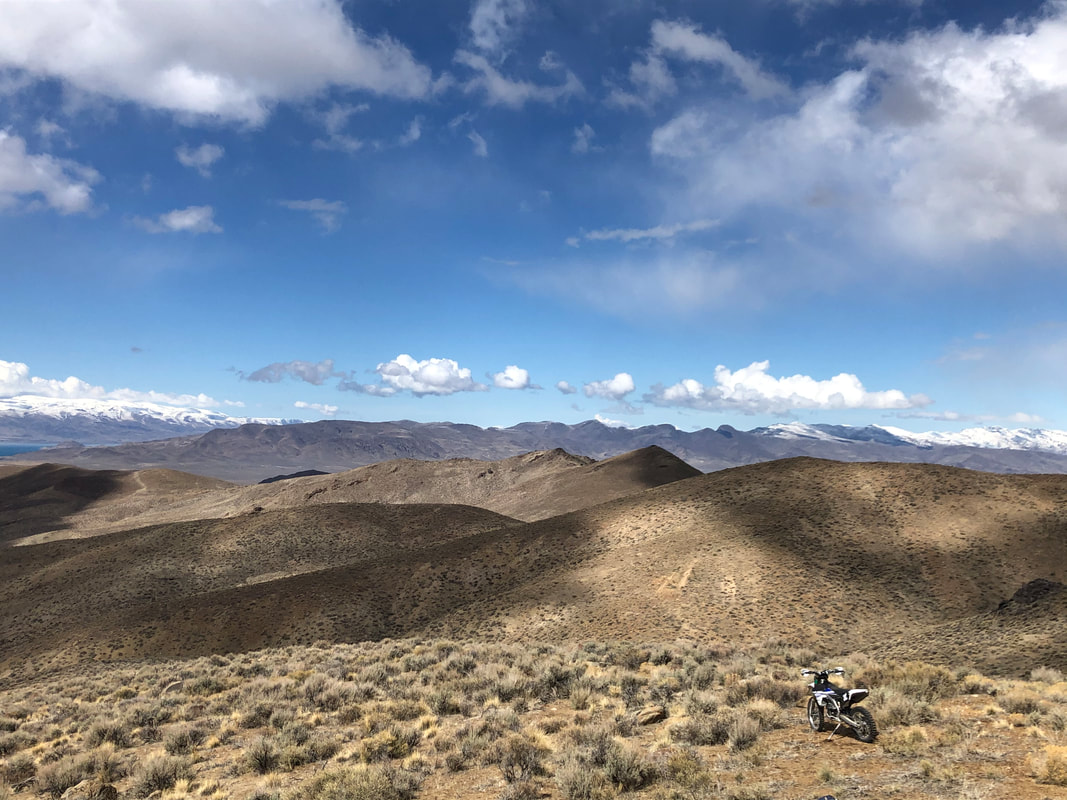
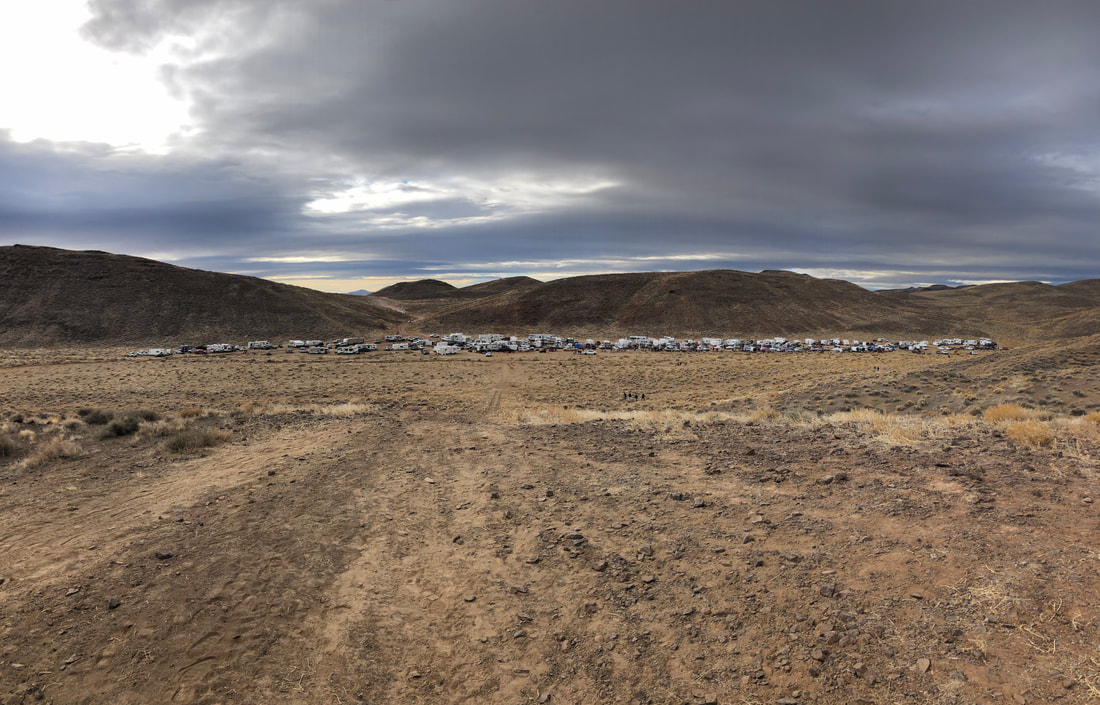
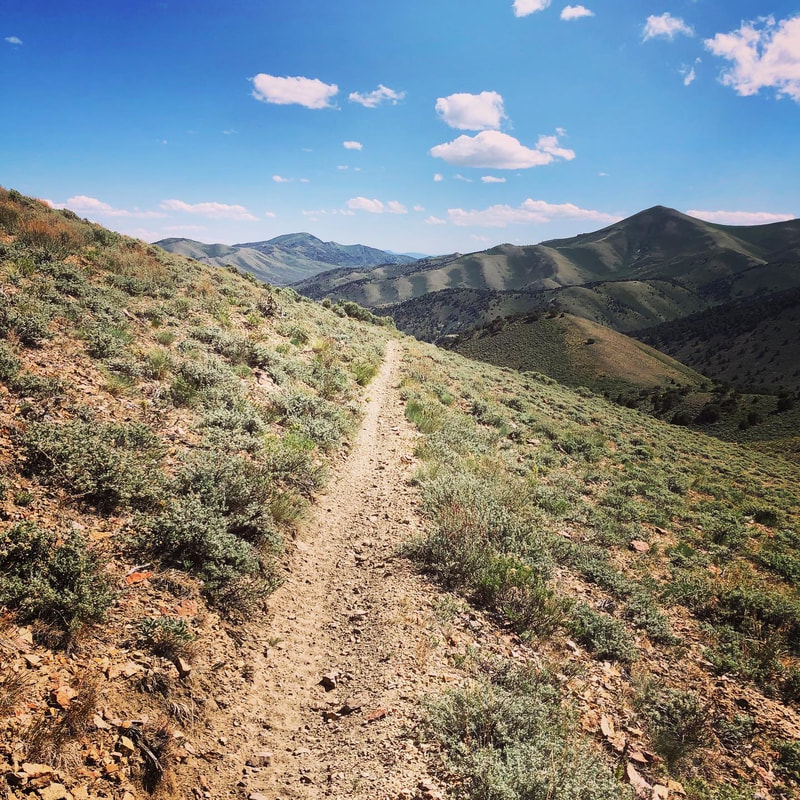
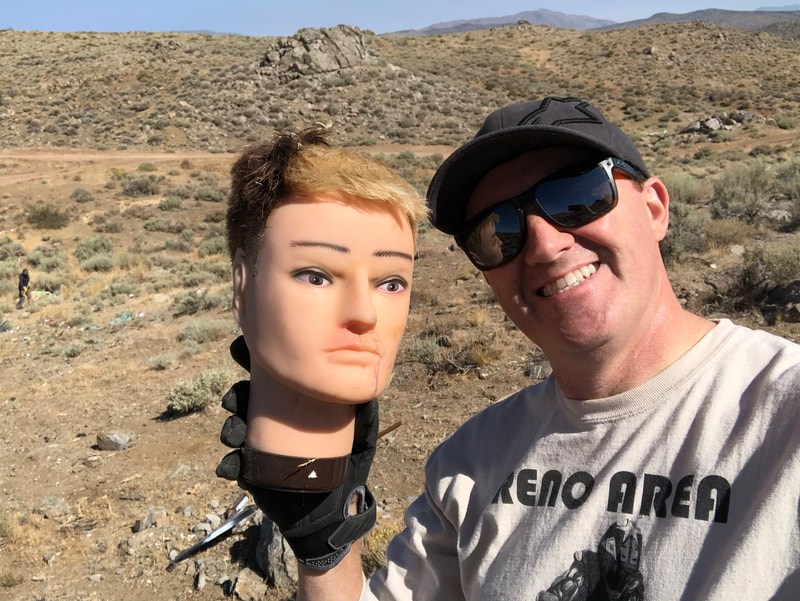
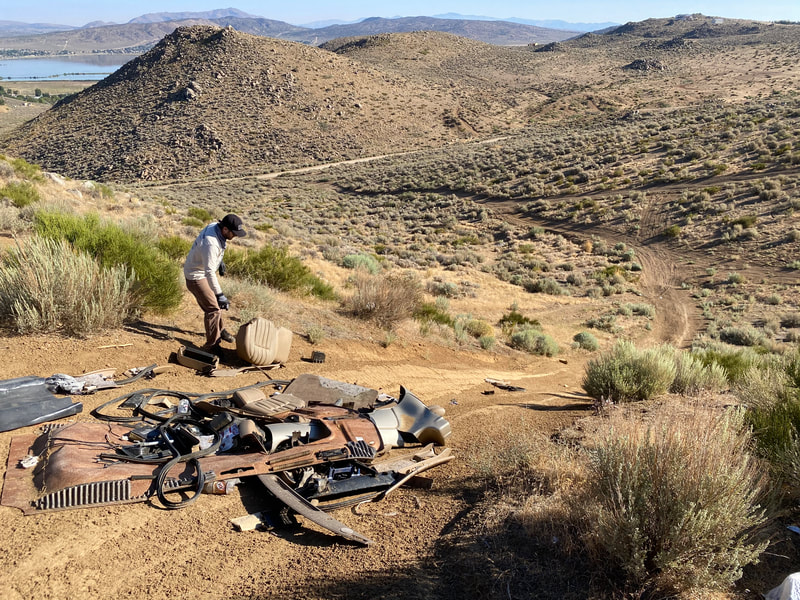
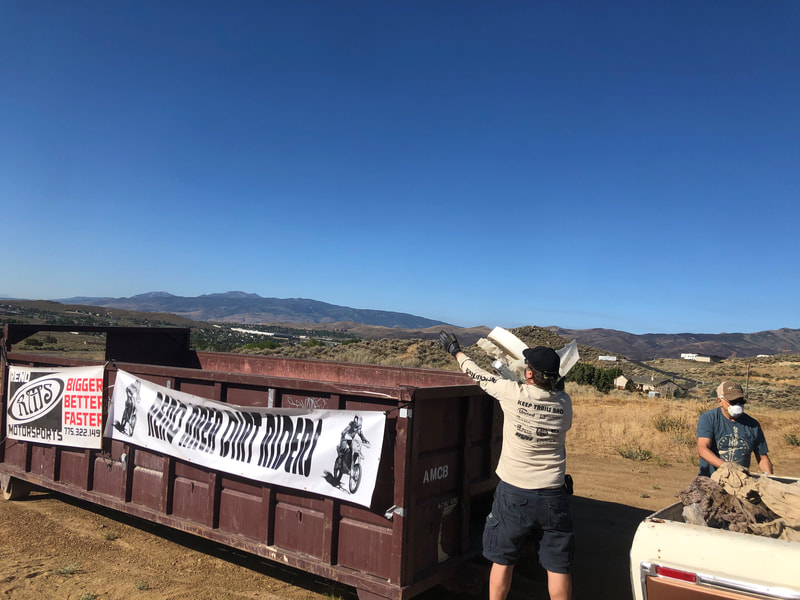
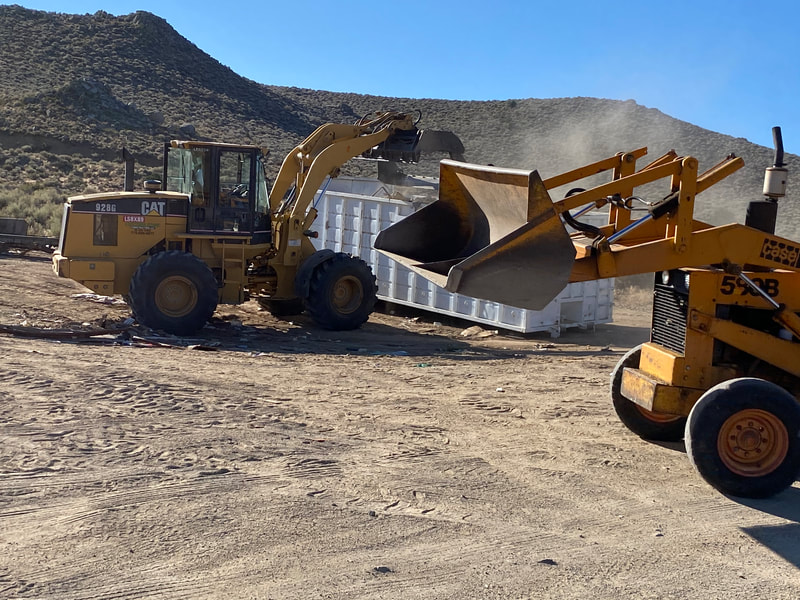
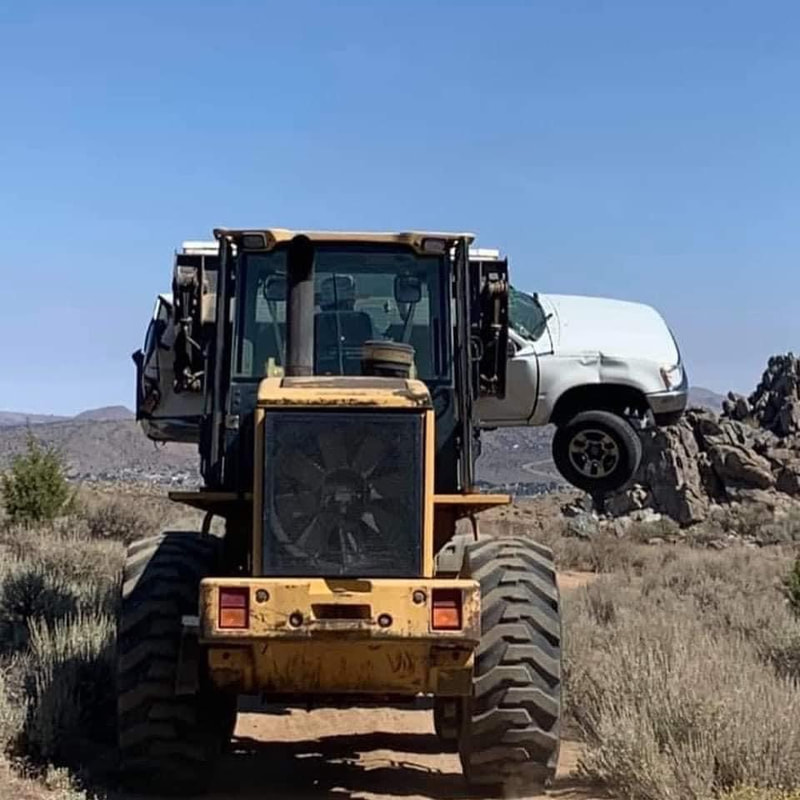
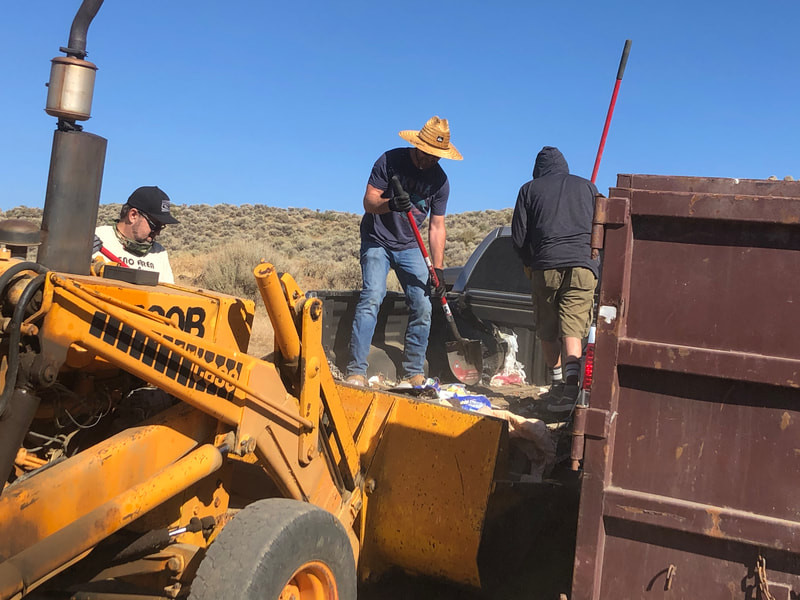
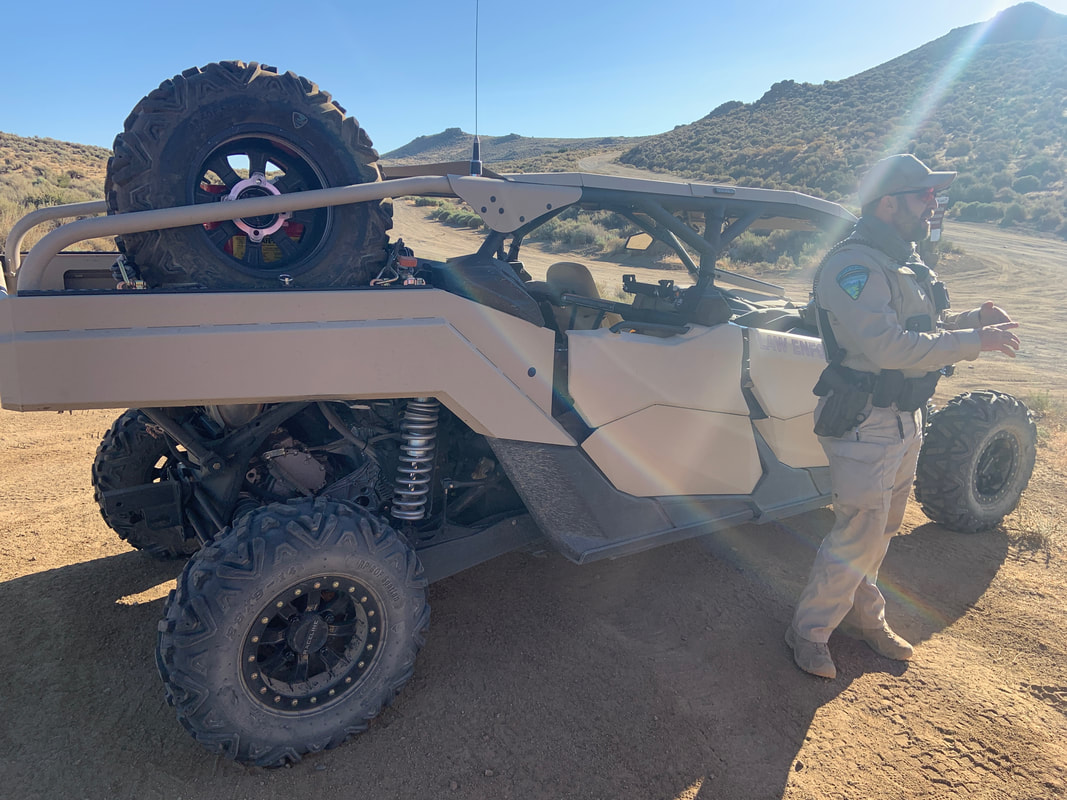
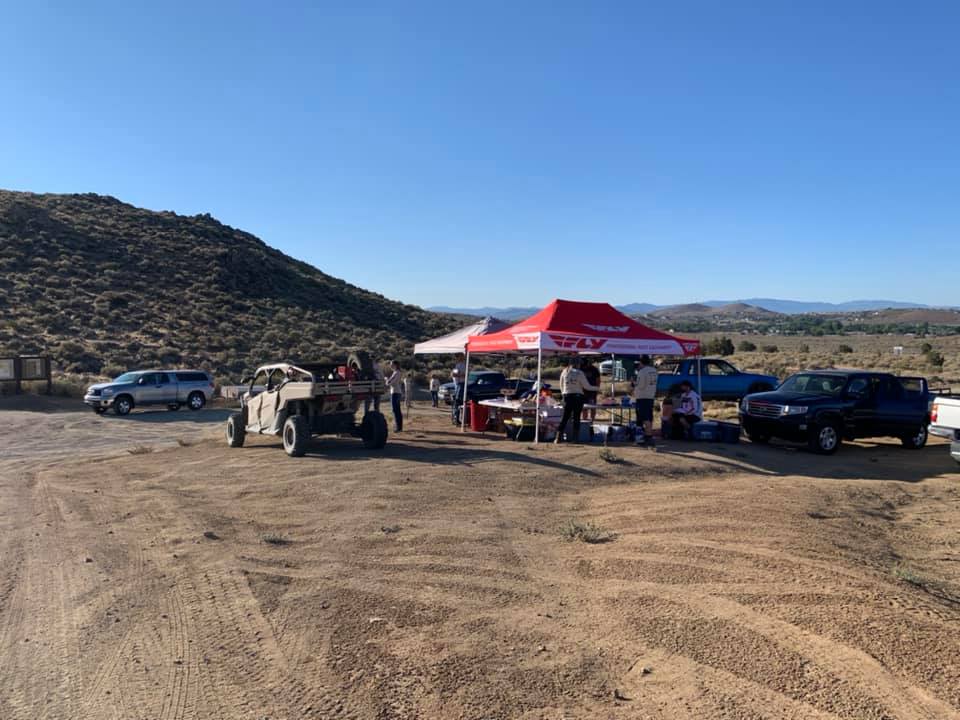

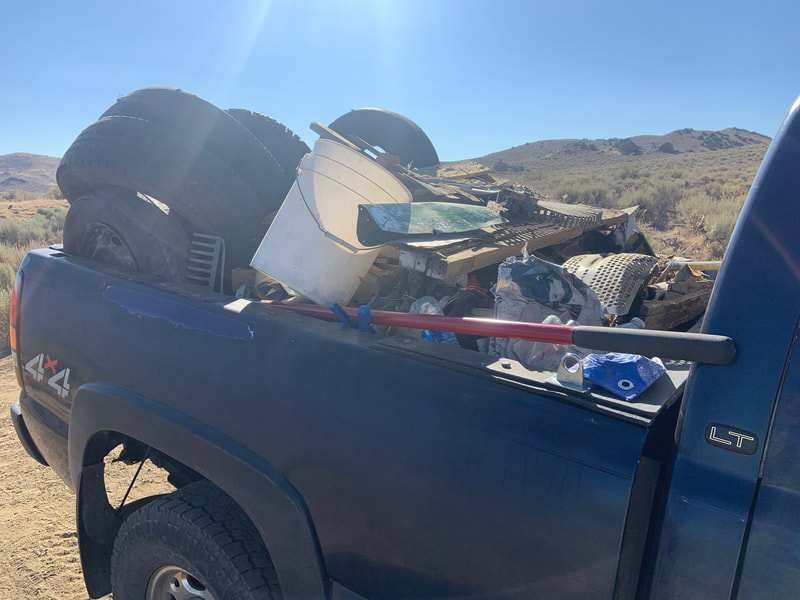
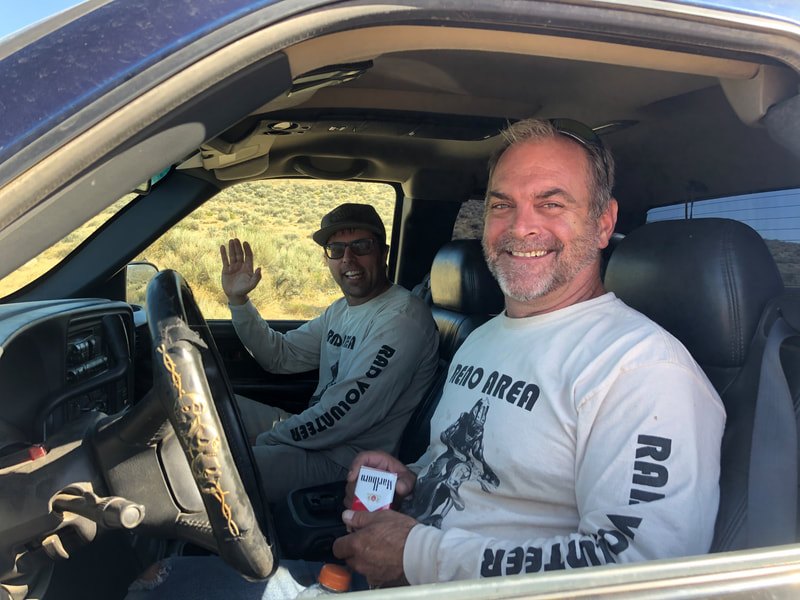
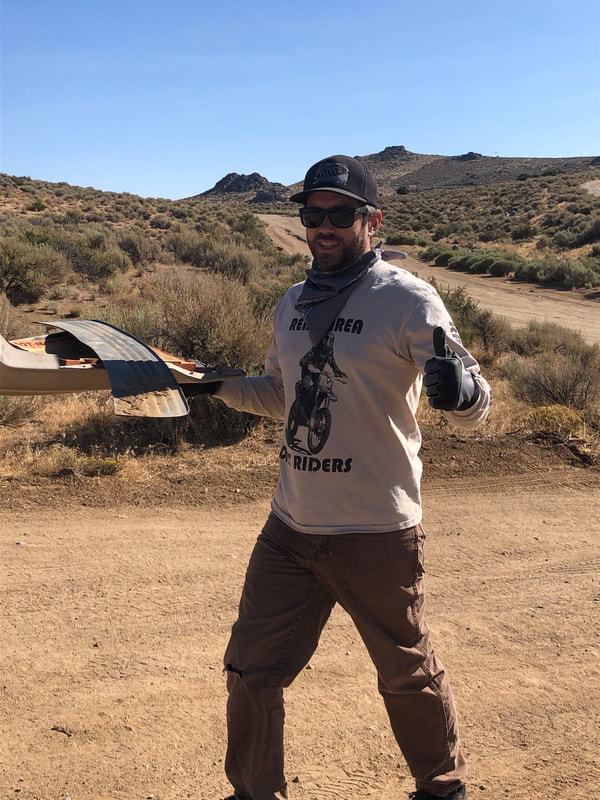
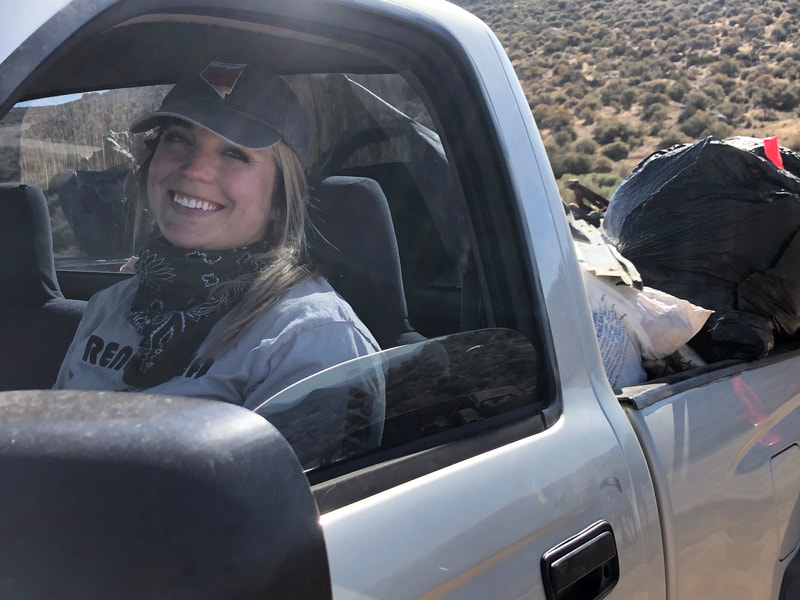
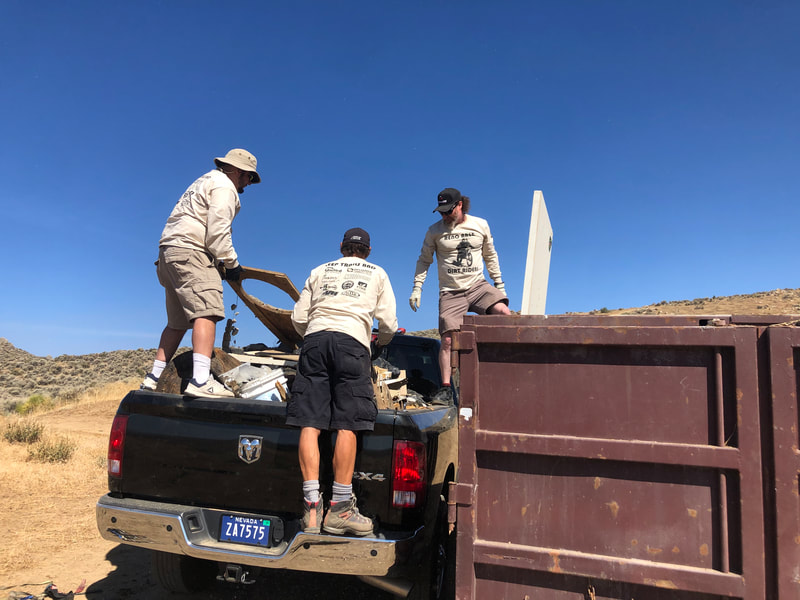
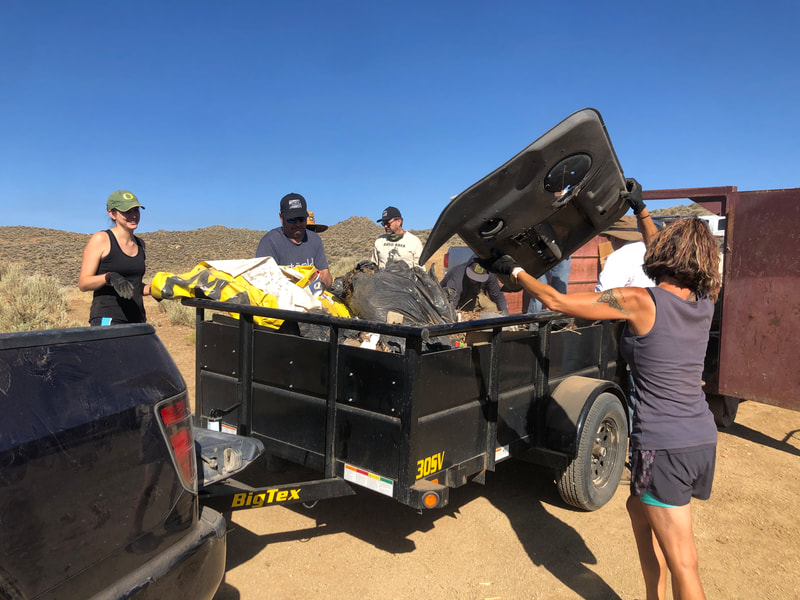
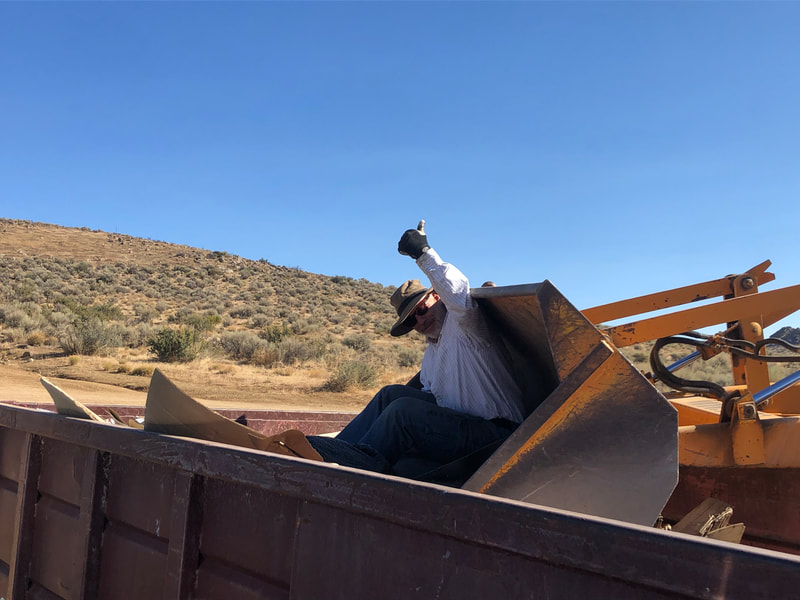
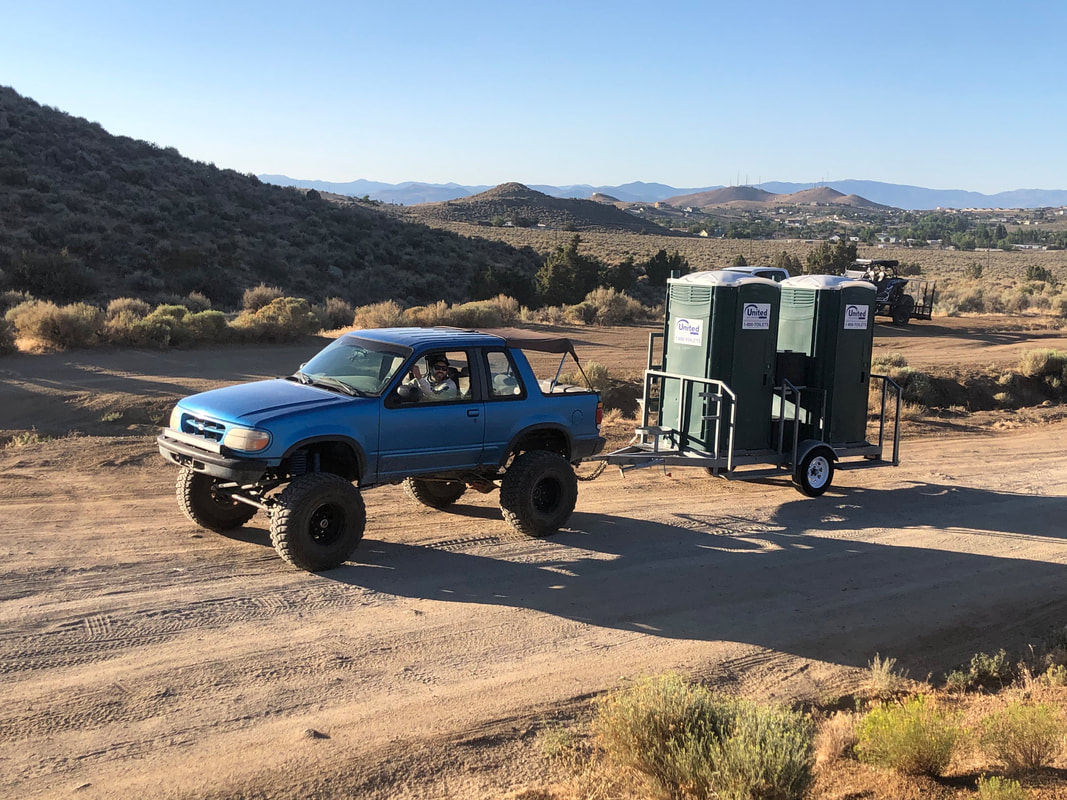
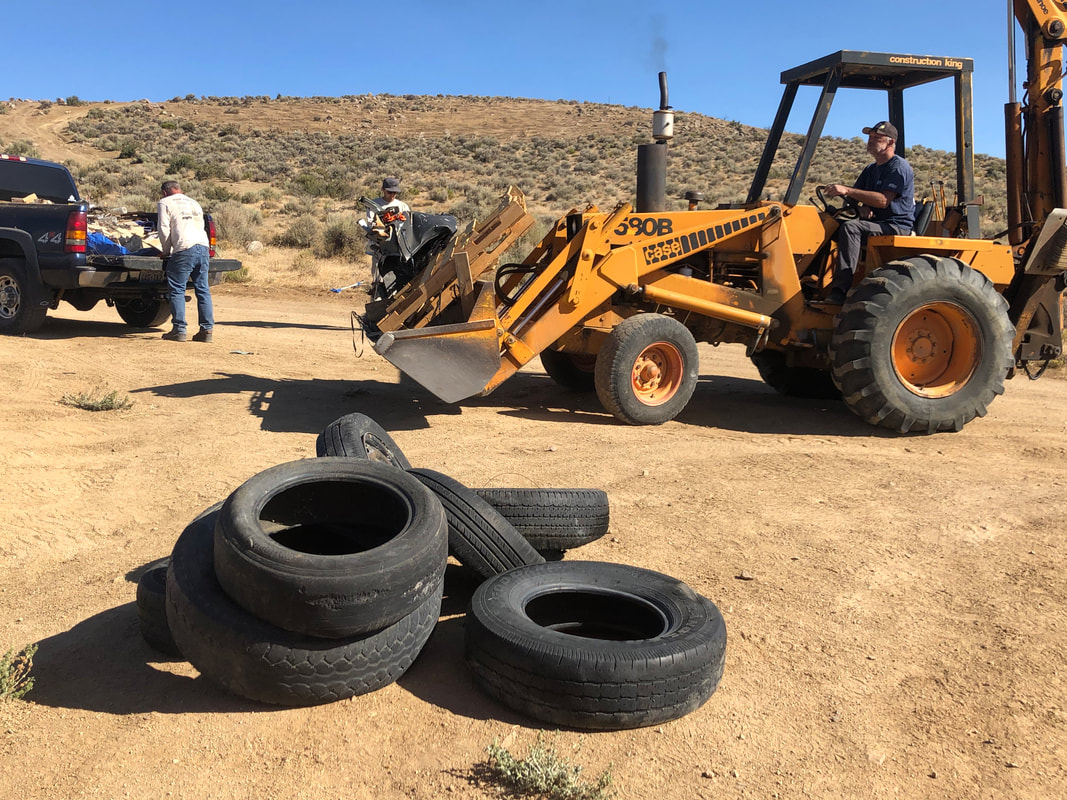
 RSS Feed
RSS Feed